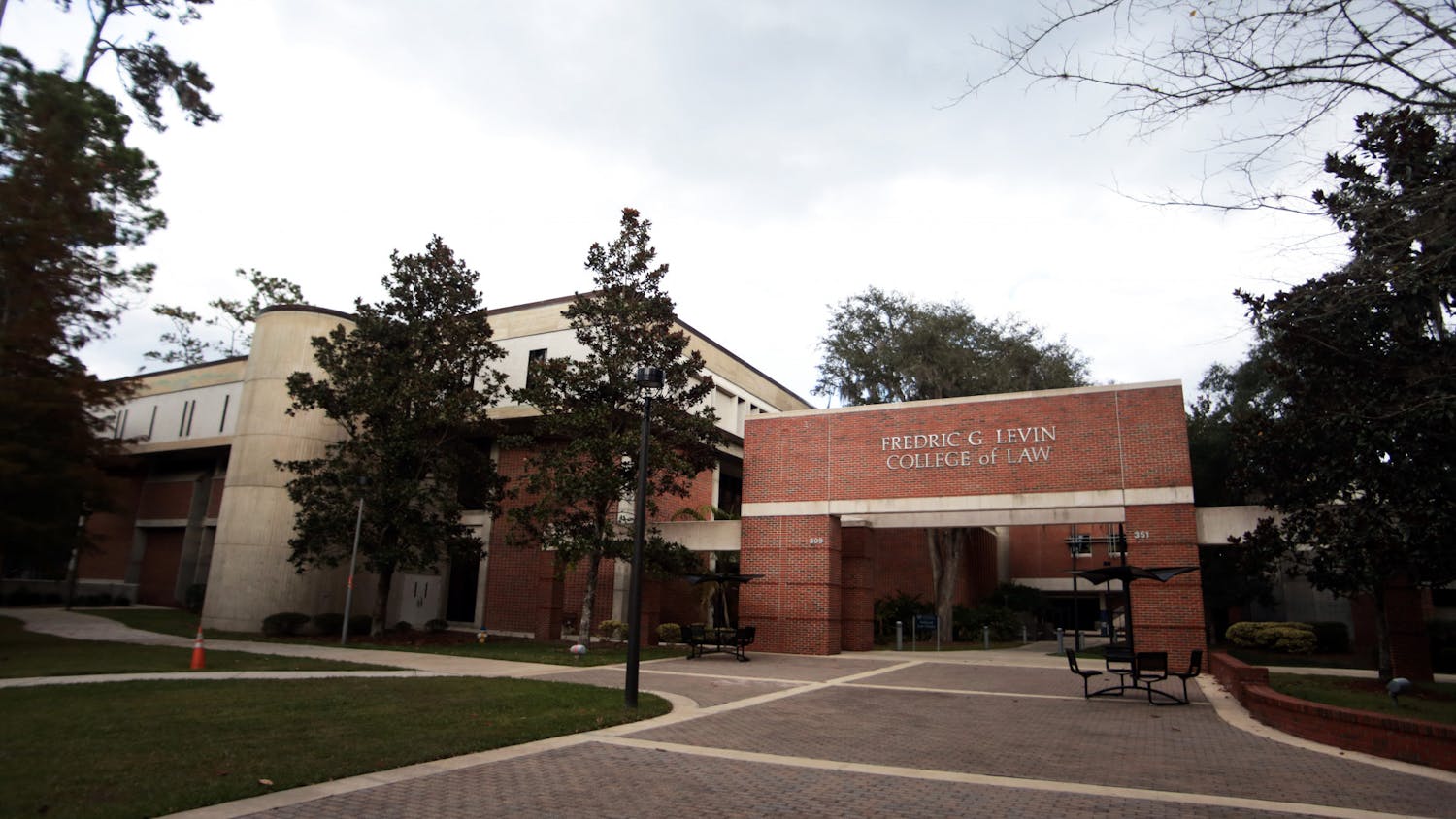The lights were out for weeks in Diezmero, Cuba, after Hurricane Charley hit in 2004.
Ariel Gutierrez thinks about the 2004 outage as he wonders about what his aunts, uncles and cousins living in Diezmero and Cotorro, Cuba, are facing after Category 5 Hurricane Irma tore through the island nation Saturday.
“They sounded like they didn’t expect what was happening,” the 21-year-old UF mechanical engineering senior said . “We didn’t expect what was happening.”
Gutierrez said his mother spoke with their family in Cuba last week as they were trying to prepare for the storm, but few resources were available. He said he hasn’t spoken with his family in Cuba, who still don’t have power, since then.
Gutierrez, who immigrated to the United States in 2007, said the Cuban and American governments handle hurricane preparation very differently.
He said although Cuban newscasters inform people that a serious storm is on the way, the government does little to supply the equipment necessary to prepare homes and businesses for the high winds and flooding.
“It’s more they tell you what to do, but they don’t assist you,” he said of the Cuban government.
Because of this, he said food shortages and a lack of health care assistance were the most serious issues he faced after Hurricane Charley and what he fears most for his family impacted by Irma.
During Hurricane Charley, the front fence at Gutierrez’s house in Cuba fell onto his father’s foot, he said, and they had to take him to a hospital.
“But there were not many resources,” he said. “He almost lost his leg.”
His parents now live in Hialeah, Florida, where they currently do not have power or cell phone service because of damage caused by Irma.
He said his situation is better than the one his family in Cuba is facing.
“People would ask me, ‘How can your parents live without power for four days?’” Gutierrez said. “But for them, that’s nothing.”
Gutierrez said he doesn’t know when he can contact his family in Cuba.
“It is very sad seeing the pictures,” he said. “I wish I could really help, but it’s so many obstacles to get there.”
***
Eric Higbie looked at a small, blurry rectangle on his phone.
It had a roof.
The Key West native said although it is too soon to know how damaged his house might be, the fact that satellite images showed that the roof was intact was a good sign. According to the Federal Emergency Management Agency, about 25 percent of homes on the island are destroyed because of damage caused by Hurricane Irma.
“We haven’t communicated with anyone that’s looked at our property, but it’s still there,” Higbie, a 19-year-old UF political science sophomore, said. “We’re not sure what kind of damage there will be when we come back.”
Higbie’s parents, who have lived in Key West since 1985, said even though they have lived through many hurricanes and have evacuated before, they were especially concerned with Irma. They evacuated Friday morning to Gainesville to stay with their son.
John Higbie, Eric’s father, said the fact that the storm was a Category 5 concerned him.
“Anything over a Category 3, you’re putting your own lives at risk,” he said. “Because there’s not a lot of land.”
With the island evacuated, the family is relying on a satellite photos from the National Oceanic and Atmospheric Administration to judge the extent of the damage.
Officials have stated the earliest residents can return to the Keys will be in a week, but the Higbie family said they are not looking forward to the cleanup process.
“When we came back from Hurricane Georges, there was about my height worth of debris in my yard,” said Valerie Sprieser-Higbie, who is 5 feet 6 inches tall. “We literally had to cut through with a machete to get to the front door.”
“So I’m prepared for that,” she said. “ I got my machete and my saw.”
National Oceanic and Atmospheric Administration satellite images show Eric Higbie's Key West home home, center. The photo is the only way his family can judge the property's damage until they return to the island.






